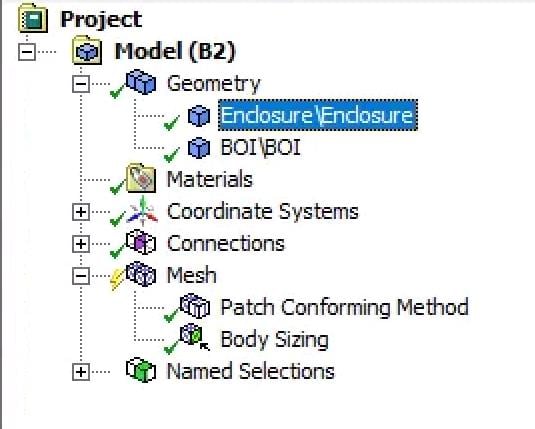
.jpg)
In this video, you will learn how to prepare an FSAE car model for an aerodynamic simulation using Ansys SpaceClaim. First you will create an enclosure that surrounds the FSAE car model.

What regions would require specific mesh settings? What boundary conditions do you plan to use? What simplifications could help the process? These are useful questions whose answers can drive the geometry preparation process. It is important to keep in mind what would be needed and useful for each of the next phases of the simulation process. However, the geometry preparation is not just limited to that. In a nutshell, this is the region where the air would move and interact with the body of analysis. The skills learned in the previous workshop to generate a surface CAD assembly and use Mesh Connections, as well as those skills in prior workshops to create an all-hex mesh on solid CAD that cannot be modeled with surfaces, are combined in this single workshop.The first step for an external aerodynamic simulation is to define the control volume for the analysis. Students will work on a large, welded structure of a terrain loader arm. This workshop takes what is learned in the previous workshop and applies it to a more complex CAD assembly. Workshop 9: Meshing with Shell Elements and Mesh Connections: Complex Loader Arm The latter simplifies the welded connection between the components rather than modeling the weld geometry or using bonded contact, a set of coincident nodes are generated via Mesh Connections. This former requires simplification of thin solid geometry to surface geometry using SpaceClaim, which is then automatically meshed with shell elements using the Ansys mesher. Students learn how to create shell finite elements in this workshop and how to create coincident nodes at the interfaces where multiple components touch.

Workshop 8: Meshing with Shell Elements and Mesh Connections: Basic Bracketry


 0 kommentar(er)
0 kommentar(er)
